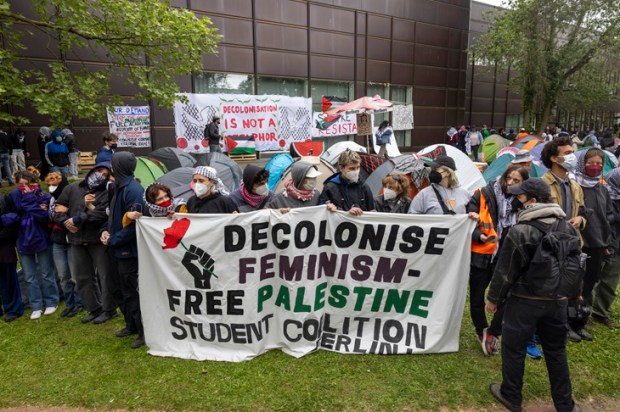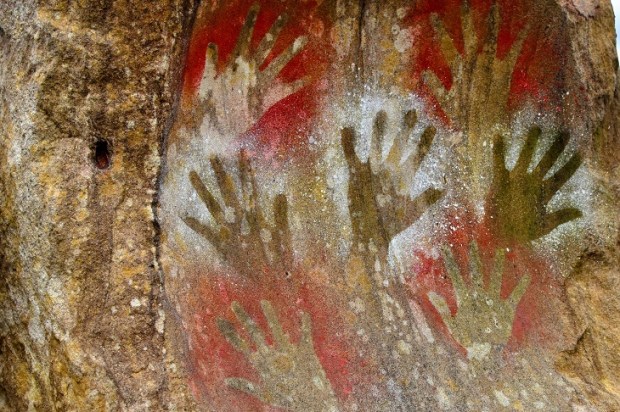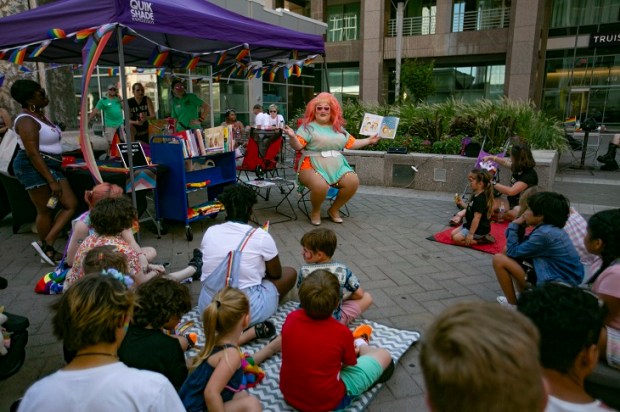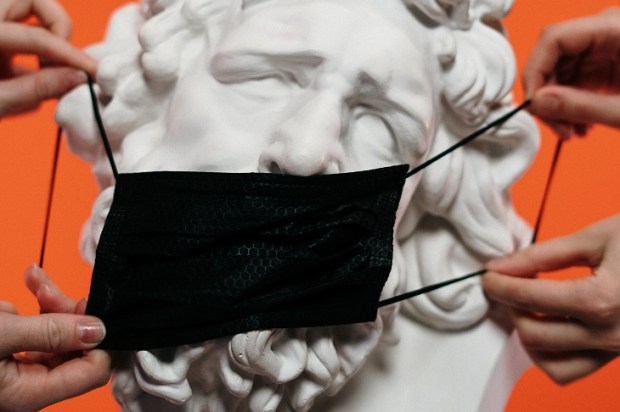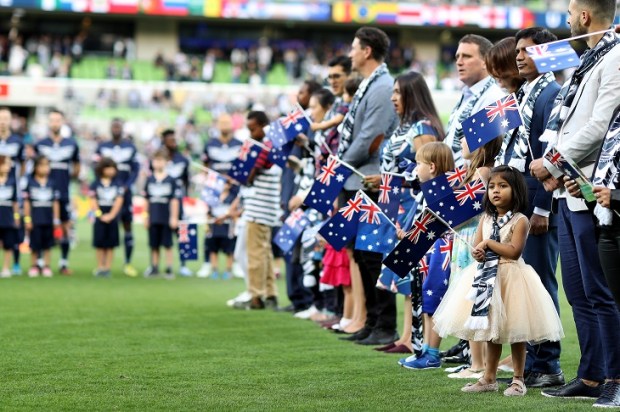‘I read the news today oh boy…
About a lucky man who made the grade.
And though the news was rather sad. Well, I just had to laugh.’
The news, as the Beatles knew, is often a laughable thing. But there is a serious dimension to the (otherwise laughable) reportage of what we will call the Surf and TERF saga.
The coverage concerns what most media outlets saw as a scandal involving seven Christian Rugby League players who decided not to play in the latest league round wearing LGBTQ+ jerseys.
It was not solely an issue of religious freedom, but one that also managed to undermine feminism in its most basic sense.
This was supposed to be the NRL’s ‘women’s round’ which is a greatly respected event dedicated to acknowledging women involved in the game. Given that the event blurred into something else, one can only assume the NRL doesn’t distinguish between ‘women’ and ‘gender and sexual minorities’. How did the ‘women’s round’ end up centring on queer people (many of whom are men) or trans people (many of whom are men identifying as women)?
The answer lies in what we might call the Surf and TERF saga.
Manly, darling of the northern beaches and home to a large gender and sexual minority within its population, decided their version of the women’s round should focus on GSMs (gender and sexual minorities). Presumably this helped avoid any potential risk of getting tied up in the ‘TERF’ slur (favouring Trans-Exclusionary Radical Feminists) that is applied to those who celebrate biological women to the exclusion of others.
This illuminates a significant problem with intersectional ‘social justice’ identity politics: for all the claims to unity and equality they make, their movement is full of infighting and competition for places within a victim status hierarchy. Sadly, we now see this reality being played out on our footy fields.
Manly boss Scott Penn may not have been up to date with this Culture War. He dictated, at the last minute, that all players would wear the rainbow banner. The seven players swiftly dropped out and thus left Manly’s bid for the finals in jeopardy. He eventually apologised, citing religious freedom, and then apologised to the GSM community, but not of course to women – it seems he really didn’t know what to do. He is not alone in his confusion. The intersectional ‘social justice’ community has become so fractured and incoherent that it is impossible to know who to please and how to do it. Under the rainbow banner of unity, they have proven more divided than anyone.
Women’s week once meant burning bras and engaging in proper ideological spars. Now, we find ourselves isolated and alone. Alone because a cult has taken hold. I thought 68’ was the end. It seems it was only the beginning.
Although the TERF phenomenon has only recently made its way to Australian shores (so new that the club may not have come across the slur before), it has been a point of conflict in the UK and America for some time. Jaelene Daniels, from the American national women’s soccer team, is an example that comes to mind. Daniels refused to wear the rainbow jersey citing ‘personal reasons’ (both religions and feminist) and was dropped from the team for a number of matches.
The point here is not only that the Pride round made seven players feel uncomfortable enough to sit out the match, but that women were forgotten.
What would Germaine Greer, the great Australian feminist, think? Has feminism in its most obvious form been eroded by a group of people who espouse ‘feminist’ intentions but aren’t in the least bit interested in the women who started the movement and fought for serious rights?
Greer has consistently pointed out the difference between biological women and ‘trans women’. Although a trail-blazing feminist in her time who drew attention to inequality amongst the sexes and made great leaps and bounds for women’s rights, she – and those who agree with her point of view – find themselves outsiders. Parts of the modern feminist movement have become a distortion that favours biological men and their allies while aggressively stoking division between the sexes.
We are at the point where it is a prohibition to have an exclusive ‘women’s round’ based on biological sex. We have seen such identity politics played out at universities, but when it comes down to one of the most physically intimidating team sports there are, NRL, we think a women’s round is justified both to recognise those physical differences but also to allow a minority their own time to be recognised as the distinctive minority they are.
Peter V’landys has spoken of considering an ‘inclusivity round’ for next season in order to sidestep this issue. But while sidesteps may be useful on the field, we see this as a pathetic try and a bow to what has become a ‘cult rule’ by those who deem any second-wave feminist, or one who holds particular personal religious beliefs, a TERF.


